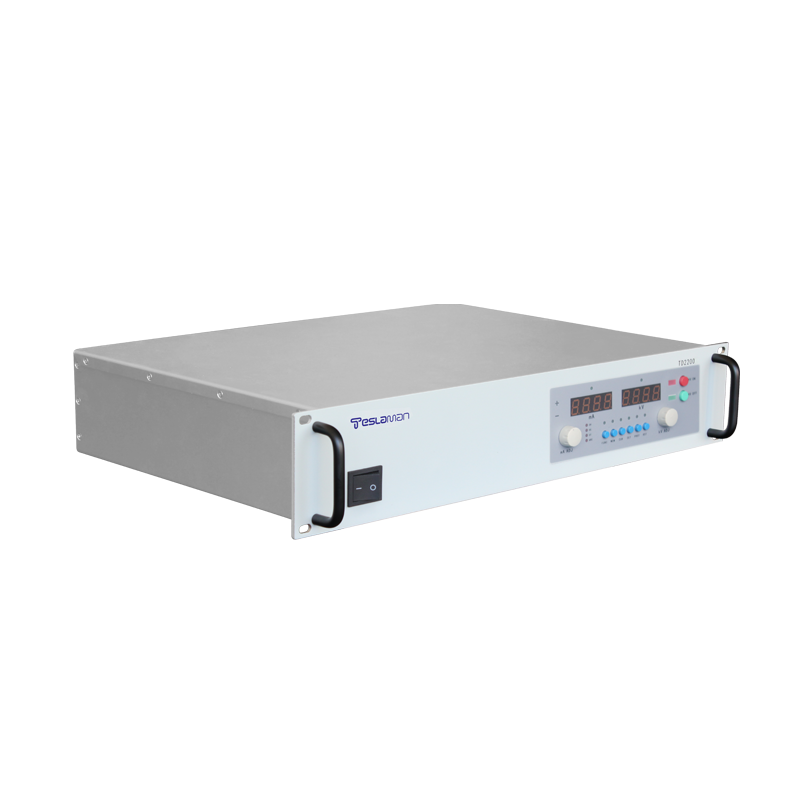Key Applications and Technical Challenges of High-Voltage Pulse Power Supplies in Electromagnetic Radiation Experiments
I. Introduction
With the rapid development of technology, electromagnetic radiation has become an important field in modern scientific research. In electromagnetic radiation experiments, high-voltage pulse power supplies, as core components, directly affect the accuracy and reliability of experimental results. This article will discuss from a professional perspective the key applications of high-voltage pulse power supplies in electromagnetic radiation experiments and the technical challenges faced.
II. Key Applications of High-Voltage Pulse Power Supplies
1. Generating High-Power Electromagnetic Pulses
High-voltage pulse power supplies can generate high-power electromagnetic pulses with extremely steep rising edges and a wide frequency spectrum range. In electromagnetic radiation experiments, these high-power electromagnetic pulses can be used to simulate natural phenomena such as lightning and thunder, as well as study military applications such as electromagnetic pulse weapons.
2. Driving High-Power Microwave Devices
High-voltage pulse power supplies can also be used to drive high-power microwave devices, such as magnetrons and klystrons. These devices play an important role in fields such as radar, communication, and electronic countermeasures. By precisely controlling the output parameters of the high-voltage pulse power supply, effective generation and regulation of high-power microwaves can be achieved.
3. Exciting Plasma
In plasma physics research, high-voltage pulse power supplies are widely used to excite and maintain plasma. Through high-voltage pulse discharge, high-temperature and high-density plasma can be generated under specific conditions, providing strong support for the study of plasma properties and applications.
III. Technical Challenges
1. Stable Output of High Voltage and Large Current
High-voltage pulse power supplies need to output high voltage and large current in a very short time, which poses extremely high requirements for the stability and reliability of the power supply. To achieve this goal, advanced power electronics technology and efficient heat dissipation design must be adopted to ensure the stability of the power supply during long-term operation.
2. Precise Timing Control
In electromagnetic radiation experiments, the output timing of high-voltage pulse power supplies has an important impact on experimental results. Therefore, precise timing control needs to be implemented to ensure the synchronization and accuracy between different pulses. This requires the use of high-precision timing control circuits and algorithms, as well as a stable clock source.
3. Electromagnetic Compatibility Issues
High-voltage pulse power supplies generate strong electromagnetic interference during operation, which may interfere with or damage other electronic devices around them. Therefore, effective electromagnetic compatibility measures, such as shielding and filtering, must be taken to reduce the electromagnetic impact of the power supply on the external environment.
4. Safety Protection
Since high-voltage pulse power supplies involve high voltage and large current, there are certain safety hazards. To ensure the safety of experimenters, strict safety protection measures must be taken, such as insulation treatment, grounding protection, and overcurrent protection.
IV. Conclusion
High-voltage pulse power supplies play a key role in electromagnetic radiation experiments, and their performance and stability directly affect the accuracy and reliability of experimental results. However, in practical applications, high-voltage pulse power supplies face technical challenges such as stable output of high voltage and large current, precise timing control, electromagnetic compatibility issues, and safety protection. To overcome these challenges, it is necessary to continuously develop new technologies and methods to improve the performance and safety of high-voltage pulse power supplies and provide more reliable support for electromagnetic radiation experiments.




















